The Priestley Medal was awarded to John C. Bailar, Jr.
In 1964, the American Chemical Society awarded the Priestley Medal to John C. Bailar, Jr. “to recognize distinguished…
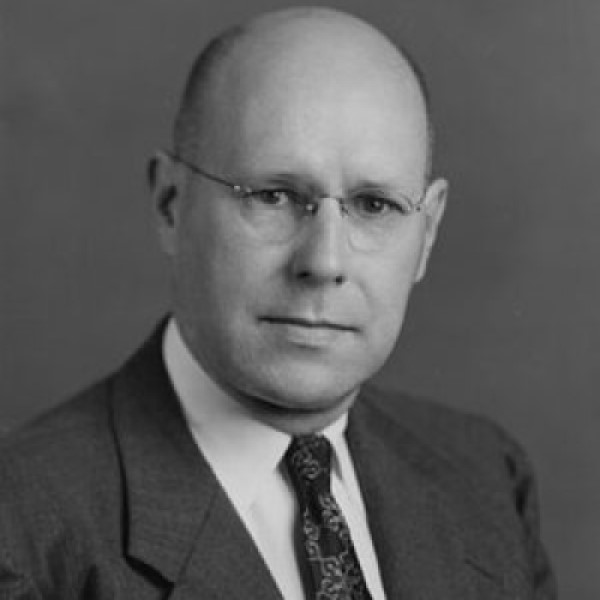
In 1964, the American Chemical Society awarded the Priestley Medal to John C. Bailar, Jr. “to recognize distinguished…
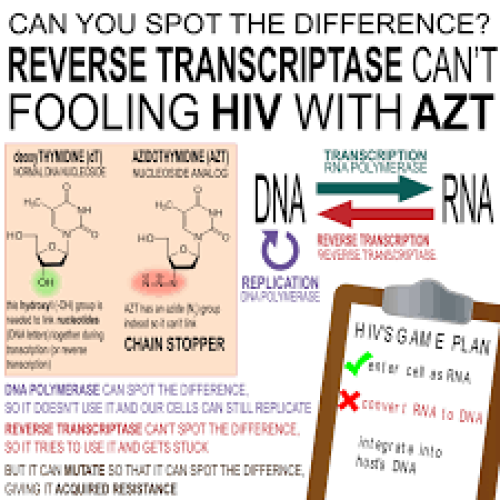
In 1964, the anticancer drug Azidothymidine (AZT) was synthesized in Michigan Cancer Foundation’s chemistry lab by Jerome Horwitz,…
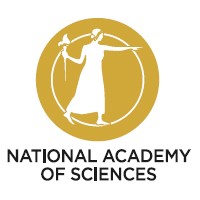
In 1964, the National Academy of Engineering (NAE) was founded under the National Academy of Science (NAS) charter….

In 1964, John N. Couch received the North Carolina Award for Science. Dr. Couch was internationally recognized for…
In 1964, plasmapheresis was introduced as a means of collecting plasma for fractionation.
In 1964, Albert Einstein College of Medicine was the first medical school in the U.S. to establish a…
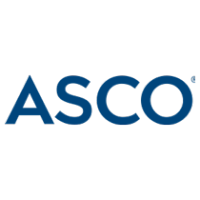
In 1964, the American Society of Clinical Oncology (ASCO) was established.
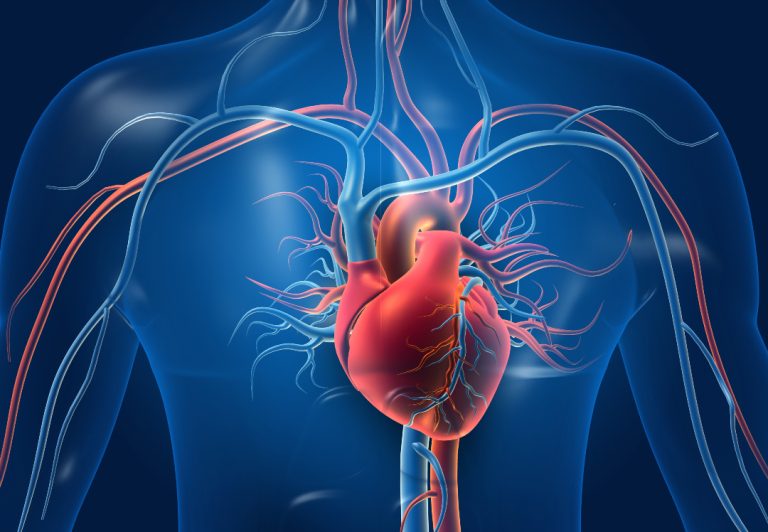
In 1964, Dr. Petar Alaupovic from the Oklahoma Medical Research Foundation (OMRF) created a classification and naming system…
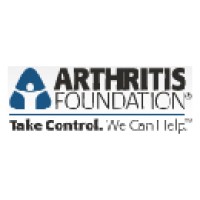
In 1964, the Arthritis and Rheumatism Foundation, organized in 1948, became the Arthritis Foundation in 1964. Since its…
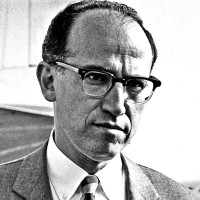
In 1964, Dr. Jonas Salk left the University of Pittsburgh to devote his full attention to the Salk…
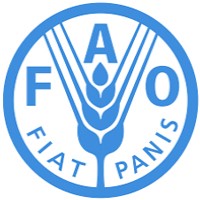
In 1964, the FAO, backed by the U.N. Special Fund, sets up the Crop Research and Introduction Centre…

In 1964, the International Rice Research Institute in the Philippines started the Green Revolution with new strains of…
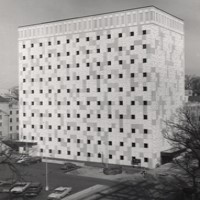
In 1964, the construction of the first McArdle building resulted from a bequest by Michael W. McArdle, a…
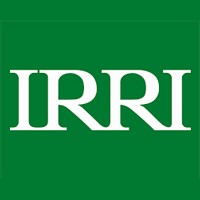
In 1964, the Mexican Agriculture Program (MAP) was the The Rockefeller Foundationメs first intensive agricultural endeavor begun in…
In 1964, live, further attenuated measles virus vaccine (Lirugen by Pitman Moore-Dow based on the Schwarz strain, derived…
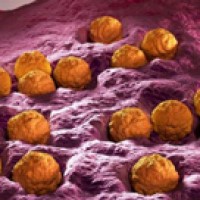
In 1964, a rubella epidemic swept the U.S. resulting in 12.5 million cases of rubella infection, an estimated…

In 1964, Dorothy Crowfoot Hodgkin won the Nobel Prize in Chemistry for her determinations by X-ray techniques of…
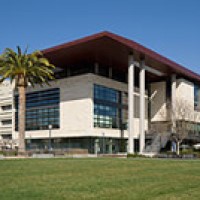
In 1964, Stanford Medicine achieved the first successful clinical application of laser photocoagulation to treat detached retina (retinal).
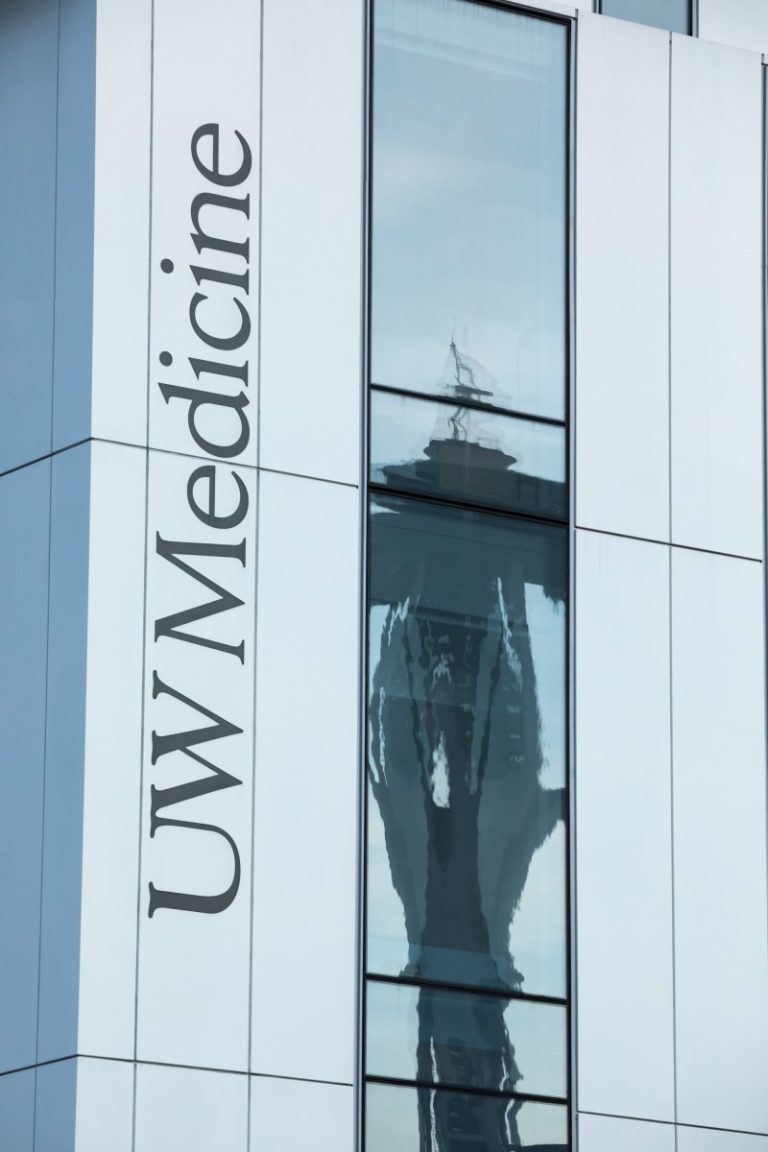
On Dec. 30, 1963, Dr. Hans Neurath and colleagues at the University of Washington (UW) reported the chemical…
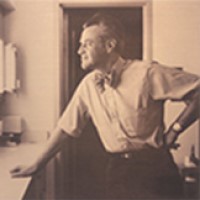
On Oct. 1, 1963 Kurt Amplatz published A Catheter Approach for Cerebral Angiography in Radiology. Amplatz, M.D., who…
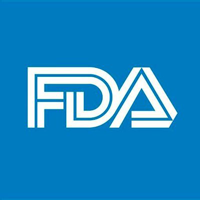
On Jul. 10, 1963, the U.S. FDA approved vincristine, a sister drug to vinblastine. The drug was established…
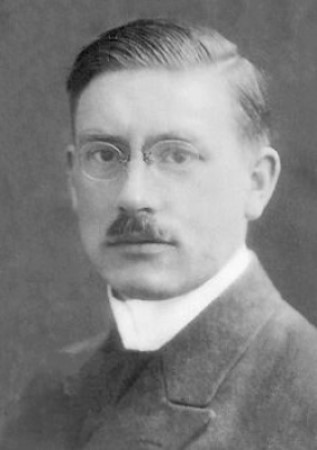
In 1963, the American Chemical Society awarded the Priestley Medal to Peter Debije “to recognize distinguished services to…

On Jun. 25, 1963, the Trivalent oral polio vaccine was licensed. The vaccine development began in 1957 by…
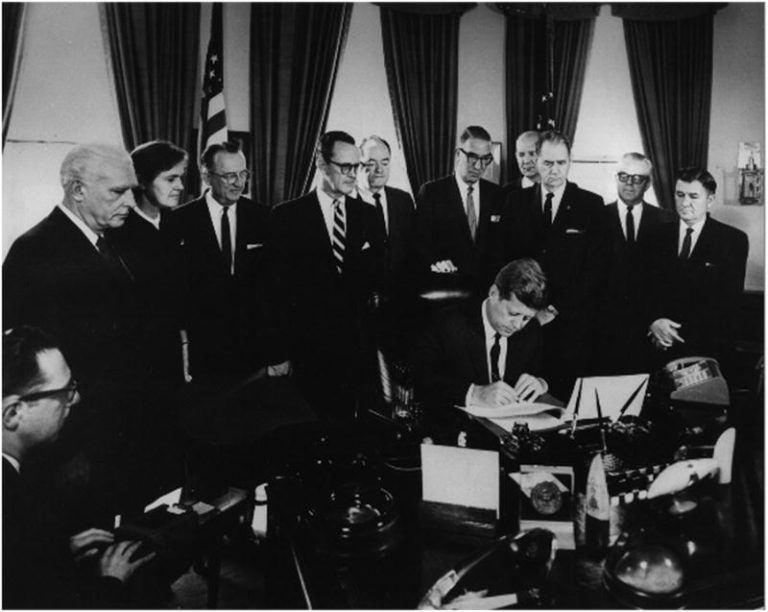
On Jun. 20, 1963, the U.S. Food and Drug Administration (FDA) announced three sets of regulations governing “the…

On Mar. 21, 1963, the first live virus measles vaccine (Rubeovax by Merck) was licensed. Other live virus…
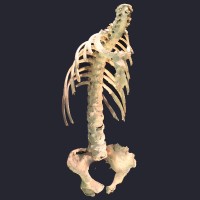
On Feb. 28, 1963, ankylosing spondylitis was first described in children.
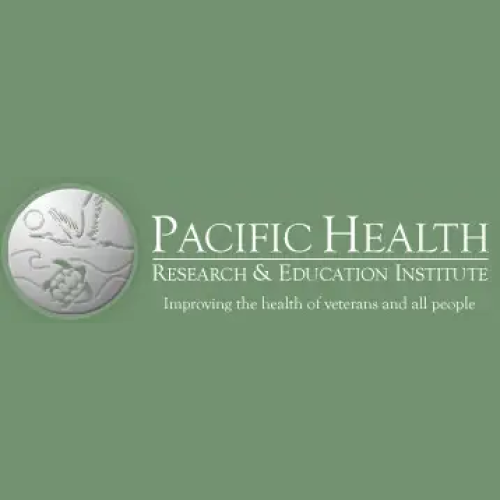
In 1963, a group of physicians from Honolulu’s Straub Clinic and other civic leaders established the first organization…
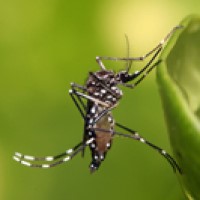
In 1963, the Aedes aegypti Eradication Branch was established to rid the Americas of the Aedes aegypti mosquito…
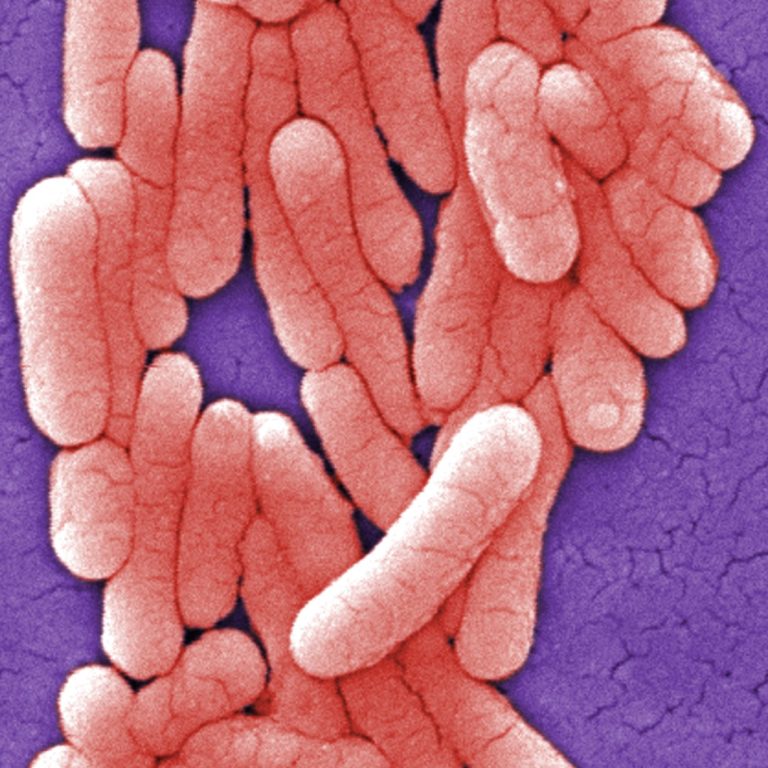
In 1963, the U.S. Centers for Disease Control and Prevention (CDC), U.S. Food and Drug Administration (FDA), and the…

In 1963, Australian pathologist R.D.K. Reye first described this syndrome. National surveillance led to strict warnings regarding aspirin…